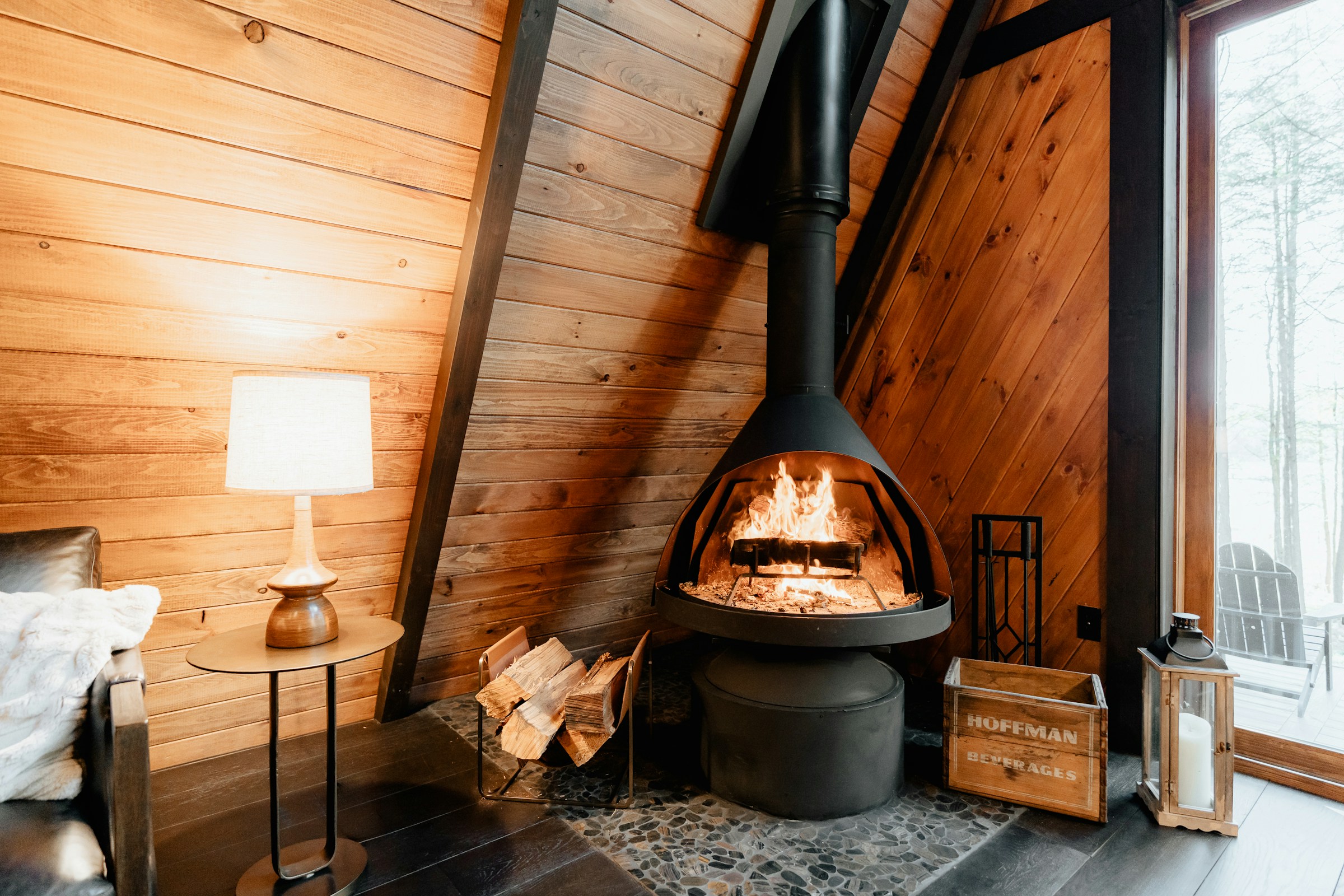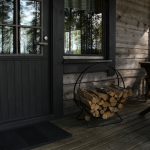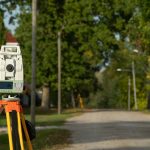When winter temperatures plunge and the chill sets in, the coziness of a roaring fire in a wood stove can be an irresistible comfort. However, before you start gathering logs and piling on the kindling, it’s essential to understand the safety guidelines and legal requirements associated with installing a wood stove in your UK home.
HETAS Approved Installer And Regulations
The first rule of thumb when installing a wood stove is to enlist the services of a HETAS approved installer. HETAS is the official body recognized by the government to approve biomass and solid fuel domestic heating appliances, fuels, and services. Therefore, a HETAS approved installer is knowledgeable about the correct regulations and safety measures.
Cela peut vous intéresser : How do UK residents calculate the correct size for a rain barrel system in a suburban garden?
Using a HETAS approved installer will ensure that the installation process adheres to the Building Regulations in the UK. These regulations, particularly Approved Document J, govern the construction and alteration of buildings, including the installation of combustible appliances like wood stoves.
For instance, the regulations stipulate minimum distances between the stove and any combustible material, necessary ventilation requirements, and the proper construction of hearths. An installer will also ensure that the stove’s flue, which carries away the smoke, is correctly positioned and built to the required standards.
A découvrir également : How can UK residents improve their home’s thermal efficiency with DIY window insulating techniques?
The Importance of Wood Stove Flue Regulations
The flue is an integral part of any wood-burning stove. As the conduit that carries the smoke and gases away from the stove and out of the building, it’s essential that the flue is correctly installed and maintained.
Flue installation must adhere to the Building Regulations, which state that the flue must be straight and vertical, with a few exceptions for bends. The regulations also determine the size and material of the flue liner, which is the inner layer of the flue that comes into contact with the smoke and gases.
The flue liner must be made of a suitable material, such as stainless steel or pumice, and be of an appropriate size for the stove. The flue liner’s installation is a complex process that should be undertaken by a HETAS approved installer to ensure the safety and efficiency of the wood stove.
Choosing the Right Wood and Air Control
The type of wood you burn in your stove can significantly impact its performance and safety. According to the regulations, you must only use suitable fuels, which are usually listed in the stove’s instructions or on the manufacturer’s website.
Hard woods, such as oak and ash, are often the best choice for wood stoves, as they burn for a longer time and produce less smoke. You should also ensure that the wood is adequately dried. Wet wood can create excessive smoke and can cause a build-up of soot in the flue, which can lead to a chimney fire.
Regarding air control, modern wood stoves usually have an air control lever that allows you to adjust the amount of air entering the stove. This control is crucial for regulating the burn rate of the wood and maintaining an efficient and safe fire.
Smoke Control Areas and Approved Appliances
In some regions of the UK, smoke control laws restrict the use of wood stoves. These areas, known as Smoke Control Areas, prohibit the emission of smoke from a chimney unless you’re using an approved fuel or appliance.
To comply with these regulations, you should use a stove that is listed on the UK’s list of smoke control appliances. These stoves are designed to burn fuel more cleanly, reducing the amount of smoke they produce.
Keep in mind that even if you have an approved stove, you still need to use approved fuels in a Smoke Control Area. These fuels are typically smokeless and include anthracite, semi-anthracite, gas, and low volatile steam coal.
The Crucial Role of Regular Maintenance
Once you have your wood stove installed and are enjoying its warmth, it’s essential not to forget about regular maintenance. Routine upkeep ensures that the stove continues to operate safely and efficiently.
This maintenance includes regular cleaning of the stove and flue to prevent the build-up of soot and ash, which can cause chimney fires. You should also inspect the stove and flue regularly for damage and have any issues repaired promptly by a professional.
Additionally, it’s recommended to have your wood stove and chimney inspected annually by a HETAS approved professional. This comprehensive check will ensure everything is in working order and complies with the safety regulations and guidelines.
Installing a wood stove in your UK home can be a warm and inviting addition. However, it’s critical to follow the relevant safety guidelines and legal requirements to ensure a safe and enjoyable experience. Always consult a HETAS approved installer and adhere to the Building Regulations, so you can cosy up to your wood stove with peace of mind this winter.
Navigating Planning Permissions and Building Control
Before installing a wood burning stove, it’s crucial to be aware of the need for planning permissions and building control. The UK Building Regulations stipulate that the installation of a stove is considered to be a controlled service, meaning that you must notify your local authority’s Building Control Department about your plans.
Typically, a HETAS registered installer will handle this notification process for you. However, if you decide to install the stove yourself, you’ll need to apply for a Building Regulations Application, which can be a complex process involving several stages of inspection.
In terms of planning permission, this is generally not required unless you live in a listed building or a designated area, such as an Area of Outstanding Natural Beauty or a Conservation Area. Nonetheless, it’s always wise to double-check with your local authority to avoid any legal complications down the line.
In addition, if you’re intending to install a flue that extends more than a meter above the highest part of the roof, you’ll need to apply for planning permission. The flue pipe must also comply with the stipulations in Approved Document J of the Building Regulations, which outlines the requirements for combustion appliances and fuel storage systems.
The regulations require the flue to be made from a suitable material, such as stainless steel or twin wall construction. Furthermore, the flue must be positioned at a safe distance from any combustible materials and must terminate at the appropriate height above the roof to prevent downdraft and carbon monoxide re-entry.
Carbon Monoxide and Safety Measures
One of the most significant safety concerns with a wood burning stove is the risk of carbon monoxide poisoning. Carbon monoxide is a deadly gas that’s produced when fuels, including wood, are burned incompletely.
To mitigate this risk, UK law mandates that a carbon monoxide detector is installed in the same room as the stove. This detector should be positioned according to the manufacturer’s instructions and should be tested regularly to ensure it’s working correctly.
In addition to the carbon monoxide detector, other safety measures must be taken. For instance, the stove should be installed on a non-combustible hearth that extends a safe distance in front of the stove to catch any sparks or embers. The stove should also be installed at a safe distance from any combustible materials to prevent fire risk.
Moreover, any log burner must be a Defra approved model if you live in a Smoke Control Area. Defra approved burning stoves are designed to burn fuel more cleanly and efficiently, reducing the amount of smoke and particulates they emit.
In conclusion, while a wood stove can bring warmth and ambiance to your home, it’s crucial to follow the relevant safety guidelines and legal requirements. This includes enlisting a HETAS approved installer, adhering to the Building Regulations, using the appropriate fuels, and maintaining regular upkeep of your stove. With these measures in place, you can enjoy your wood stove safely and responsibly.
















